B cells of our immune system have the incredible capability to generate up to 10,000,000,000,000 different antibodies. How do they do it? | Genetics And Genomics.
Category: biotech/medical – Page 948
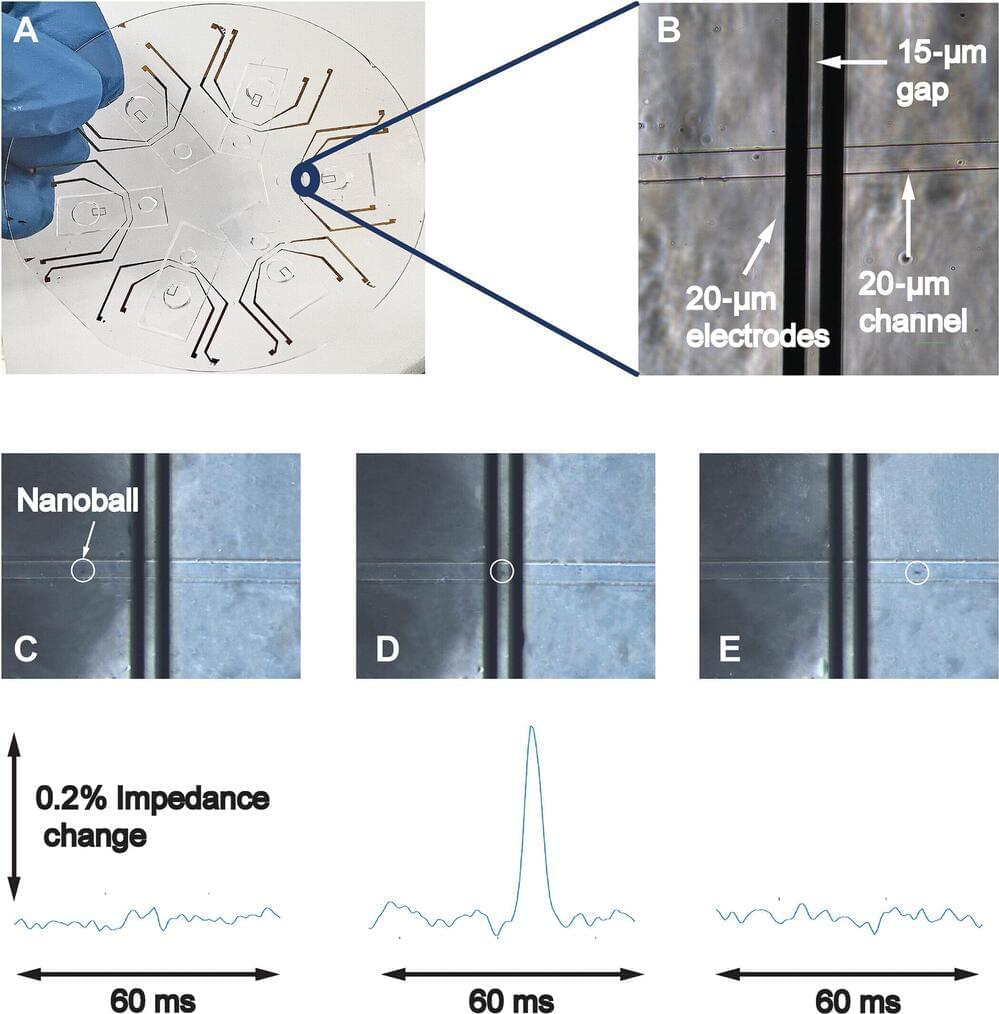
New method combines DNA nanoballs and electronics to enable simple pathogen detection
Researchers at Karolinska Institute have developed a novel method using DNA nanoballs to detect pathogens, aiming to simplify nucleic acid testing and revolutionize pathogen detection. The study’s results, published in Science Advances, could pave the way for a straightforward electronic-based test capable of identifying various nucleic acids in diverse scenarios quickly and cheaply.
Principal investigator Vicent Pelechano, an associate professor at Karolinska Institute’s Department of Microbiology, Tumor and Cell Biology, is cautiously optimistic about the technology’s potential to detect an array of pathogenic agents in real world settings.
“The methodology involves combining Molecular Biology (DNA nanoball generation) and electronics (electric impedance-based quantification) to yield a pioneering detection tool,” says Vicent Pelechano.
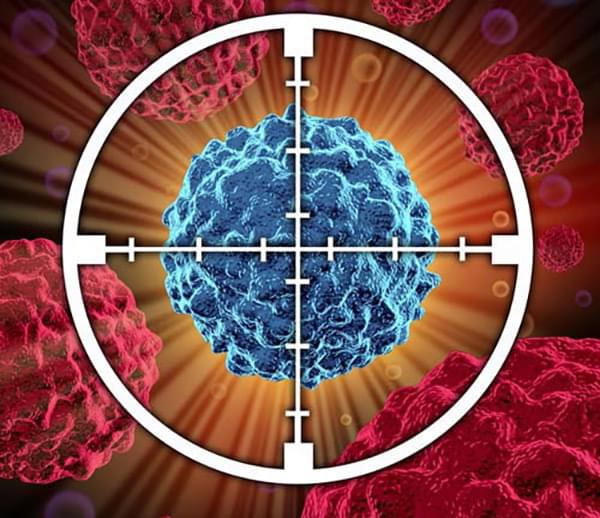
Nanoparticles Stopping Metastases in Its Tracks
An international research team headed by Johannes Karges, PhD, of the faculty of chemistry and biochemistry at Ruhr University Bochum, Germany, has developed nanoparticles that accumulate in cancer cells and eliminate them after being photoactivated. The research team also labeled them in such a way that immune cells learn to eliminate similar cells throughout the body which could even mean undetected metastases can be treated.
The researchers presented their findings in the journal Nature Communications in an article titled, “Theranostic imaging and multimodal photodynamic therapy and immunotherapy using the mTOR signaling pathway.”
“Tumor metastases are considered the leading cause of cancer-associated deaths,” the researchers wrote. “While clinically applied drugs have demonstrated to efficiently remove the primary tumor, metastases remain poorly accessible. To overcome this limitation, herein, the development of a theranostic nanomaterial by incorporating a chromophore for imaging and a photosensitizer for treatment of metastatic tumor sites is presented. The mechanism of action reveals that the nanoparticles are able to intervene by local generation of cellular damage through photodynamic therapy as well as by systemic induction of an immune response by immunotherapy upon inhibition of the mTOR signaling pathway which is of crucial importance for tumor onset, progression, and metastatic spreading.”
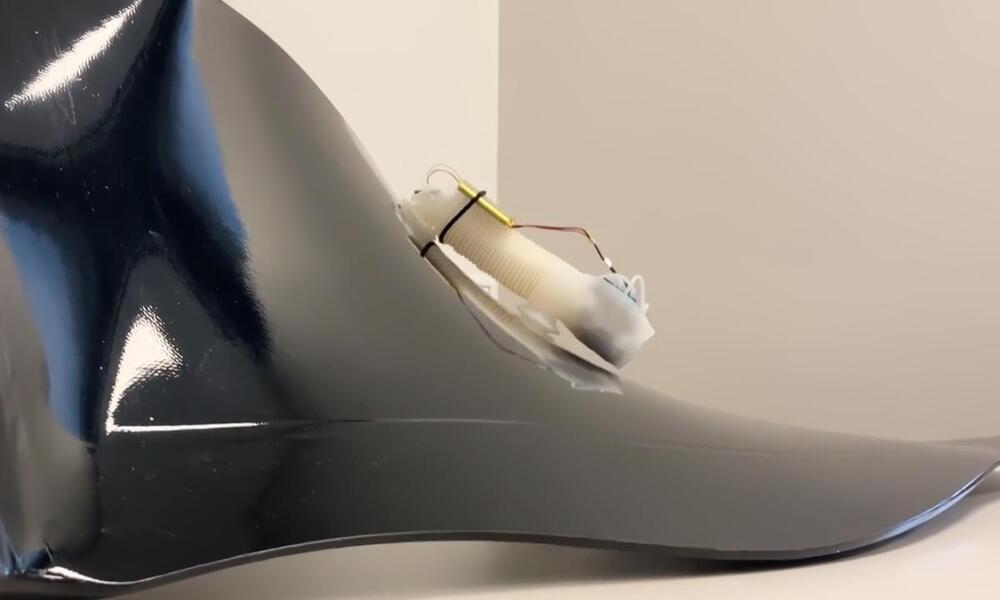
GE Aerospace is developing a robotic worm to inspect and repair jet engines
GE Aerospace has demonstrated a worm-like robot that could one day inspect and repair jet engines. The Sensiworm (Soft ElectroNics Skin-Innervated Robotic Worm) is designed to serve as “extra sets of eyes and ears” for service operators as they examine the insides of aircraft. GE says the soft robot can minimize downtime and perform less invasive inspections and, in the future, make repairs itself.
The company compares the Sensiworm’s role in aerospace engineering and repairs to how soft robotics have allowed for minimally intrusive patient surgeries. “These technologies are enabling less invasive inspection and repair of jet engines on the wing to reduce downtime,” the company wrote. GE says the worm-like machine could give operators “virtually unfettered access” to inspect engines without disassembling them.
Resembling an inchworm, the Sensiworm (remote-controlled by operators) can crawl across various engine parts, including rotating wind turbine blades. It can sense and avoid obstacles automatically, reach places where gravity may stop other tools (thanks to its suction-cup feet) and measure the thickness of thermal barrier coatings. GE says it can even sniff out gas leaks. “With their soft, compliant design, they could inspect every inch of a jet engine, transmitting live video and real-time data about the condition of parts that operators typically check,” the company wrote.
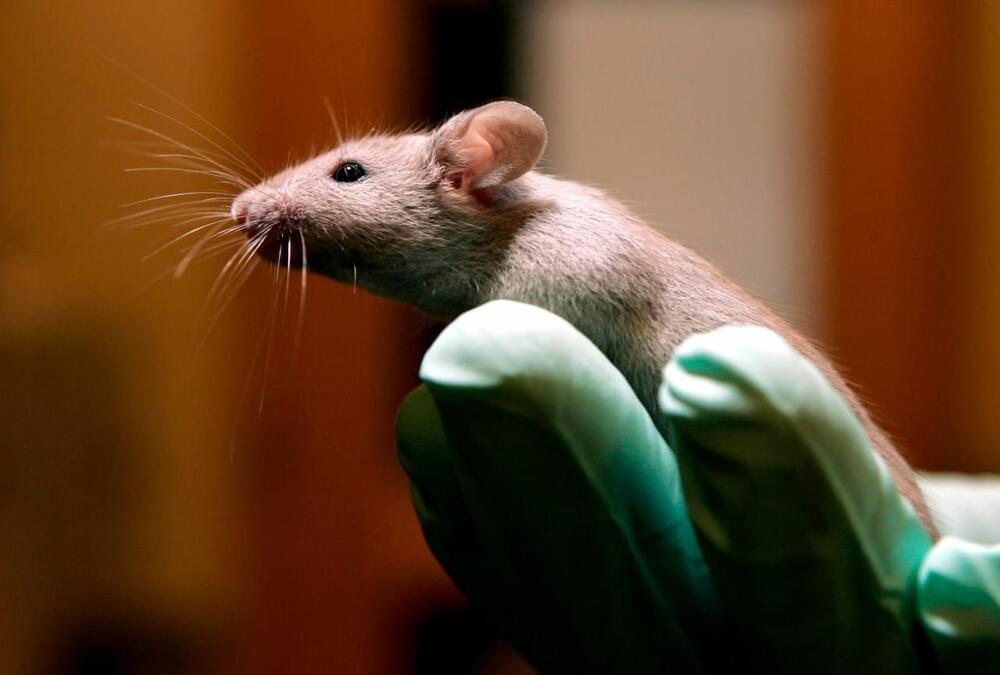
Why researchers say they’re a step closer to extending lifespan
(NewsNation) — Researchers at the University of Rochester transferred a longevity gene from naked mole rats to mice, calling it a “groundbreaking endeavor.”
According to the University of Rochester, naked mole rats have long captured the attention of scientists for their lengthy lifespans and resistance to age-related diseases.

Scientists link baby’s brain development to their gut bacteria
The development of your baby’s brain could be influenced by the microbes in their belly, scientists have found.
The trillions of microbes that live inside our guts play essential roles in a range of bodily processes, from digestion to mental health. The gut contains more than 100 million nerve cells—the highest concentration in any part of the body other than the brain. Now, we are also beginning to learn about the roles of these microbes in the earliest stages of our lives.
“The microbiome plays an important role in the early development of several systems, such as the nervous and immune system, as well as providing another layer of protection against pathogens [disease],” Sebastian Hunter, a researcher from the University of British Columbia who led a study on the subject published Wednesday in the scientific journal PLOS One, told Newsweek.
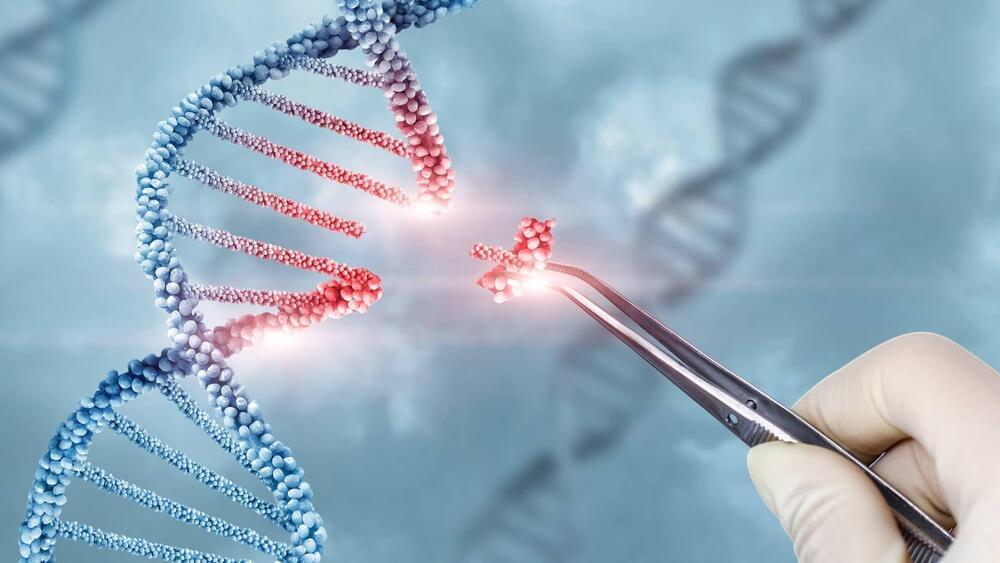
Chinese scientists report gene editing tool better than CRISPR
The new tool has the capacity to undertake strand-specific gene editing without any cuts.
Chinese researchers claim to have created a new gene-editing technique called CyDENT that is more effective than Clustered Regularly Interspaced Short Palindromic Repeats (CRISPR) technology.
This is according to a report by the South China Morning Post (SCMP) published on Saturday.
The cutting-edge gene-editing technique CRISPR enables precise DNA changes within an organism’s genome. Its development in the past few years has significantly advanced genetic engineering and biotechnology.

Accomplished Surgeons Doing Robotic Surgery Recorded a 5X Growth in India
As the Indian healthcare sector increasingly adopts robotic surgery, Dr. Mahendra Bhandari, the CEO of the US-based Vattikuti Foundation and a prominent advocate for robotic surgery, highlights the growing presence of various surgical robots from multiple vendors. He underscores the rising number of trained doctors and the commitment of both government and corporate hospitals to invest in surgical robots across the country.
The Vattikuti Foundation, founded by Indian American entrepreneur and philanthropist Raj Vattikuti, serves communities in Michigan, USA, and India. It initiated the Vattikuti Urology Institute at Henry Ford Health in Detroit, Michigan, in 1997 and has since evolved into an international organisation promoting excellence in robotic surgery through various avenues.
In an exclusive interview Dr. Jayati Dubey, DHN, speaks to Dr. Bhandari on the expanding scope of robotic surgery in India.
Calorie Restriction, Exercise, And Longevity: Luigi Fontana, MD PhD
Join us on Patreon! https://www.patreon.com/MichaelLustgartenPhD
Discount Links:
Oral Microbiome: https://www.bristlehealth.com/?ref=michaellustgarten.
Enter Code: ConquerAging.
At-Home Metabolomics: https://www.iollo.com?ref=michael-lustgarten.
Use Code: CONQUERAGING At Checkout.
NAD+ Quantification: https://www.jinfiniti.com/intracellular-nad-test/
Use Code: ConquerAging At Checkout.
Epigenetic Testing: https://trudiagnostic.com/?irclickid=U-s3Ii2r7xyIU-LSYLyQdQ6…M0&irgwc=1
Use Code: CONQUERAGING
At-Home Blood Testing (SiPhox Health): https://getquantify.io/mlustgarten.
AI Hospitals: A Step Towards the Future — Science View
That’s perfect and from one of the most technological countries. It’s late and I saved it for watching later but I can imagine what is in this video. AI is always useful especially in medicine.
[Skip Intro] 0:22
Learn more about science on NHK WORLD-JAPAN:
https://www3.nhk.or.jp/nhkworld/en/ondemand/category/23/?cid…9-sv303-hp.
More quality content available on NHK WORLD-JAPAN:
https://www3.nhk.or.jp/nhkworld/en/ondemand/video/?cid=wohk-yt-2309-sv303-hp.
The integration of artificial intelligence into healthcare seeks to reduce diagnosis errors while increasing humanity.